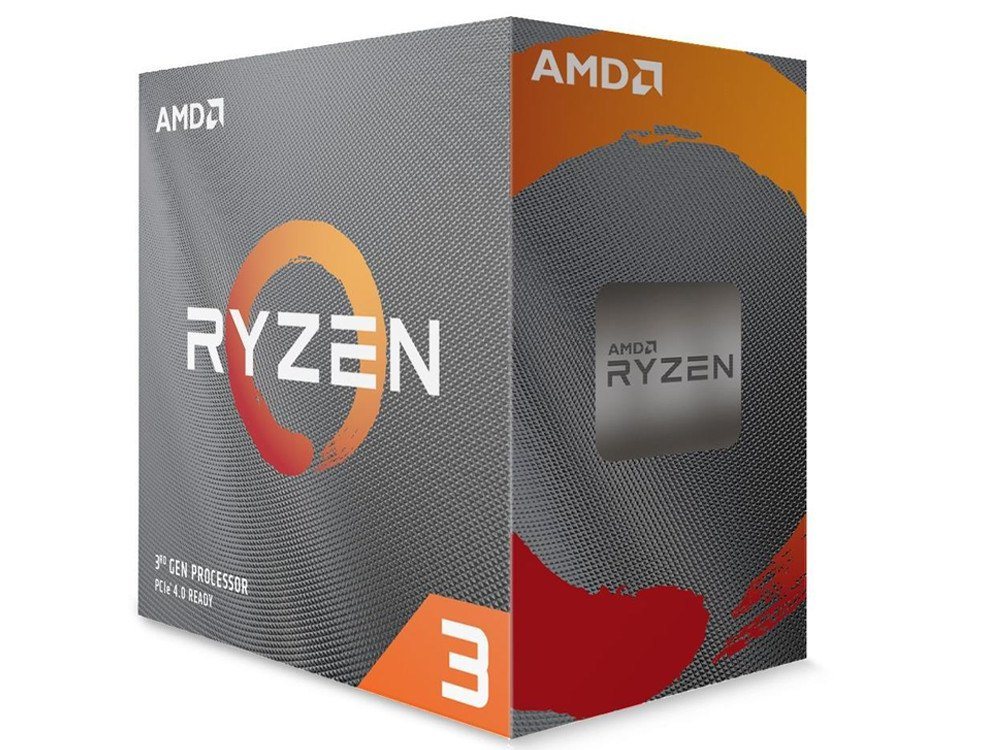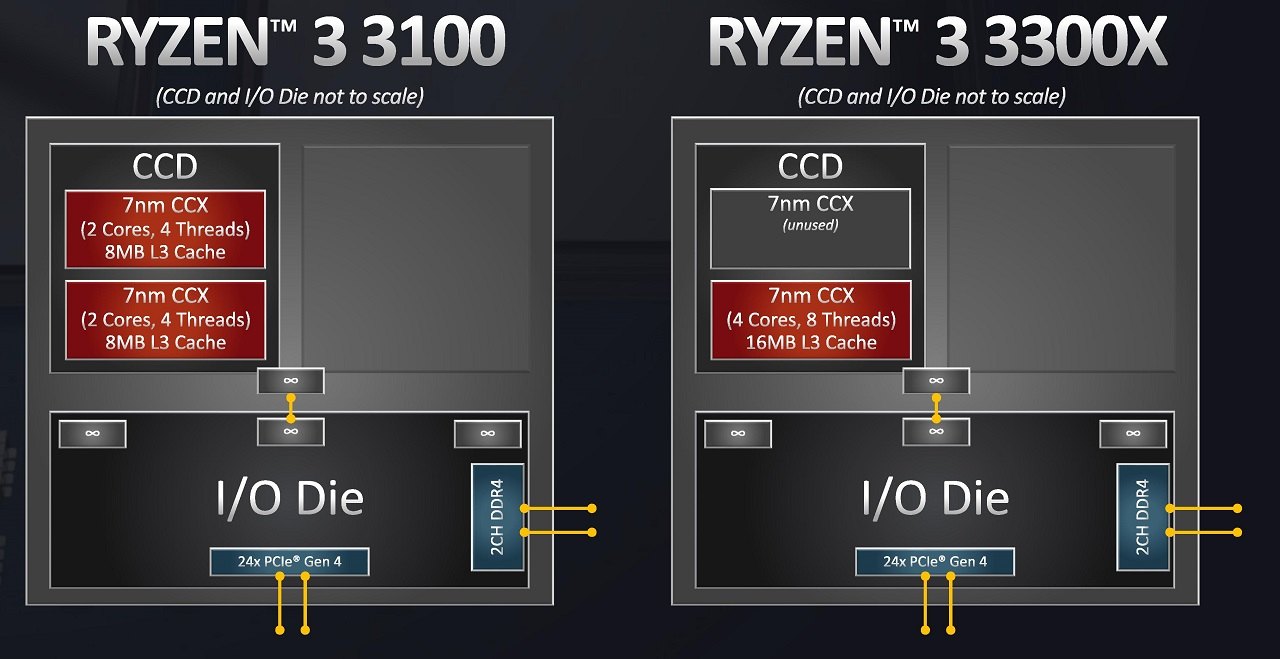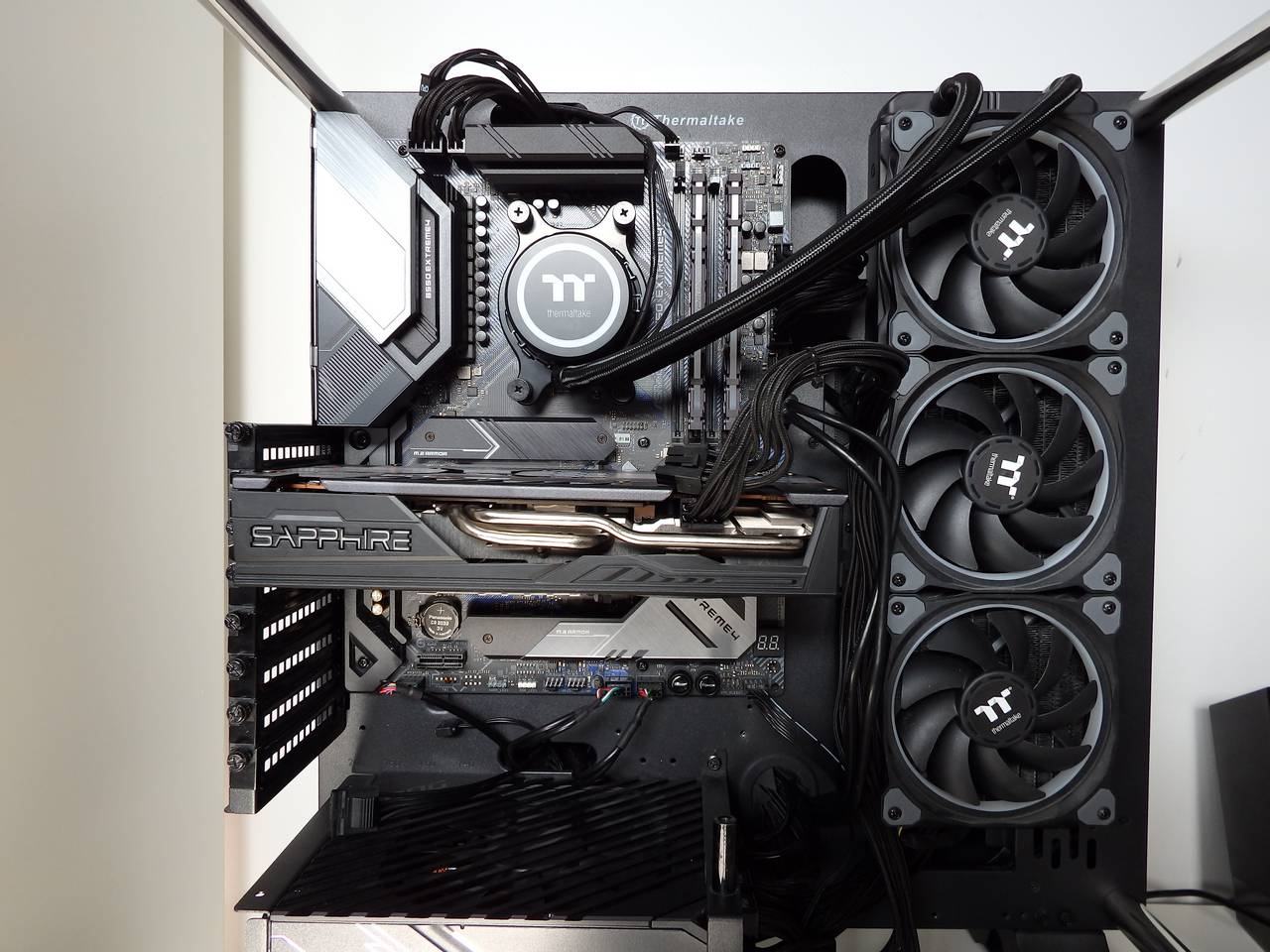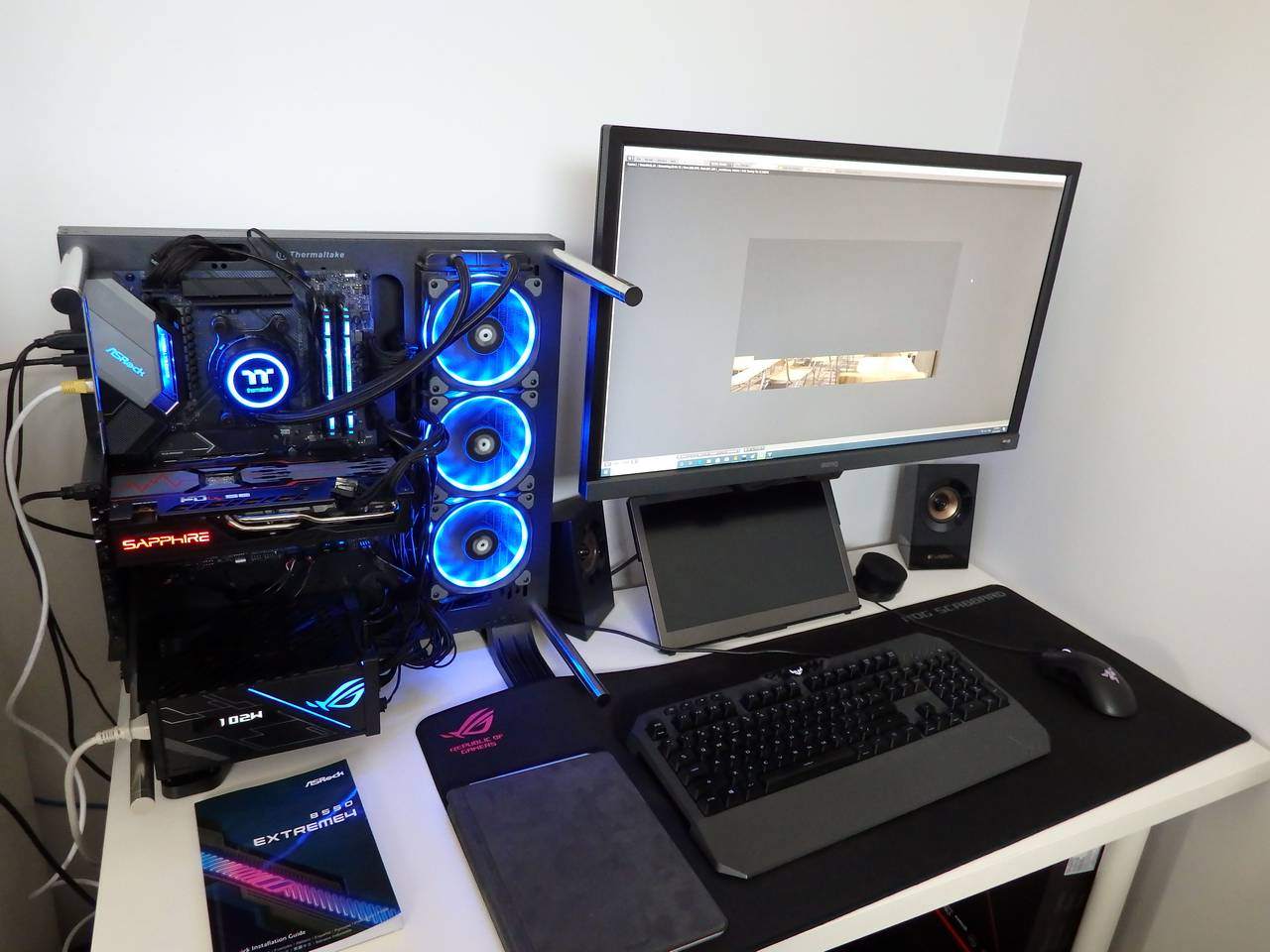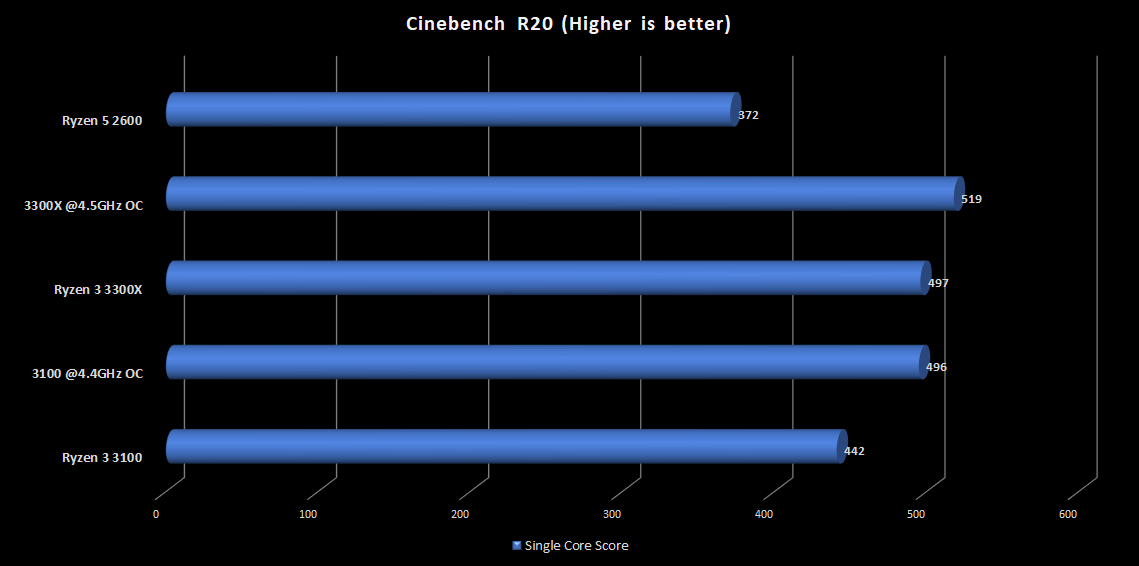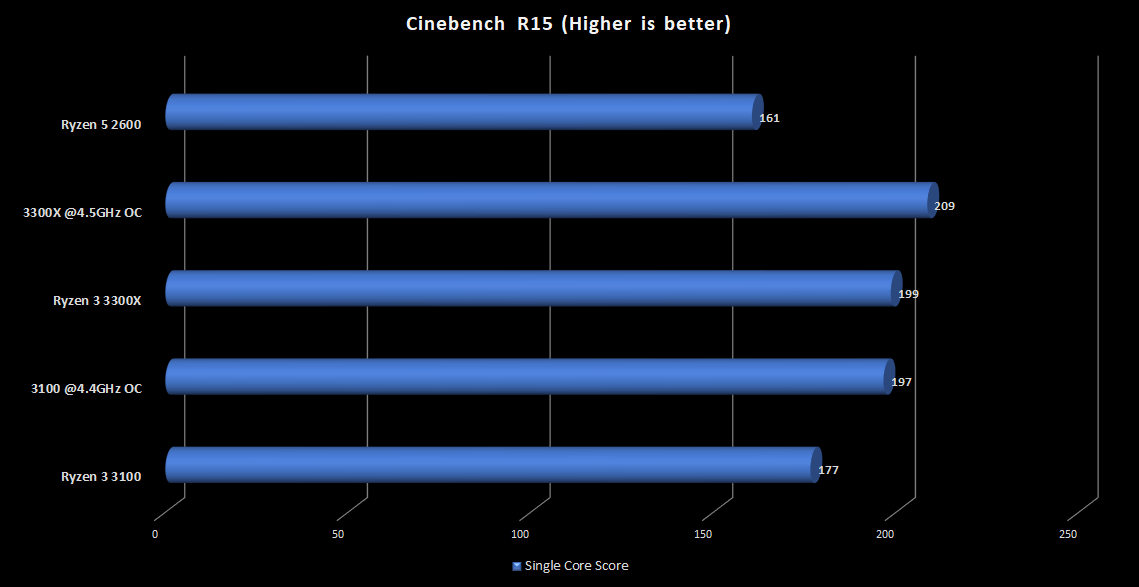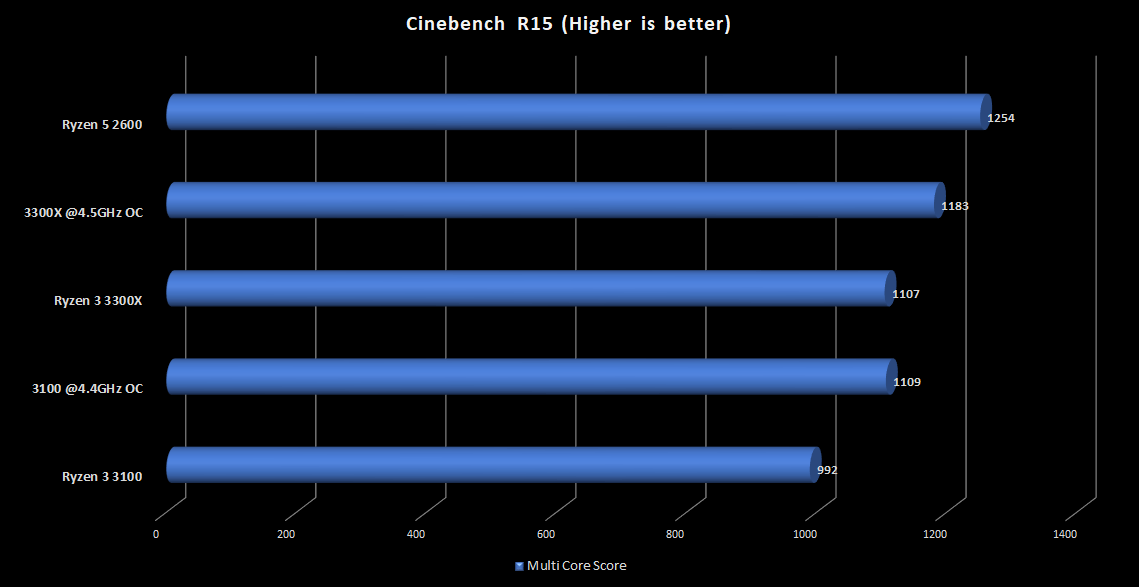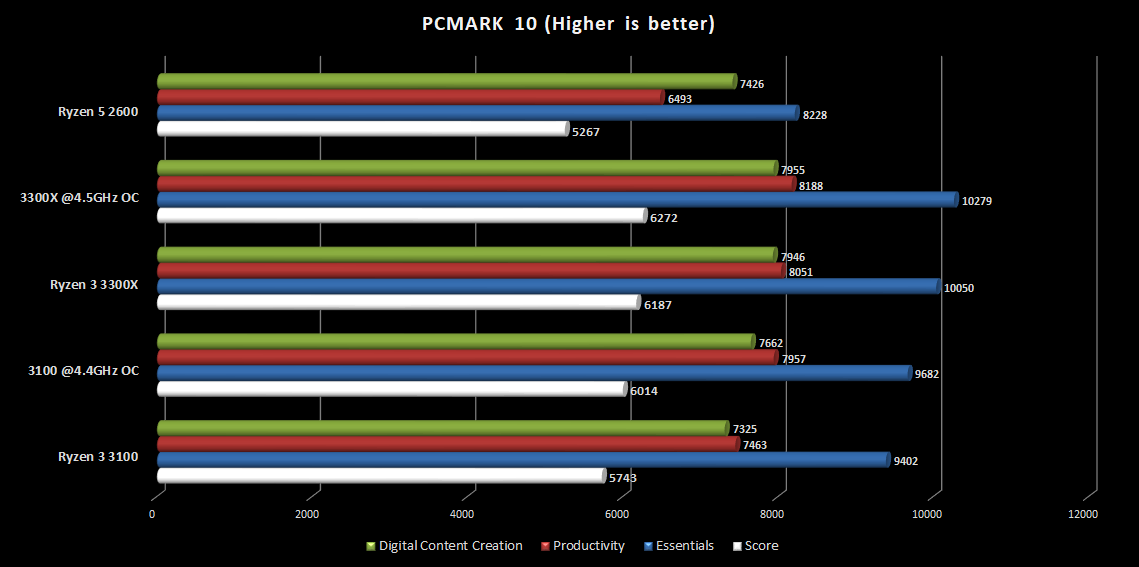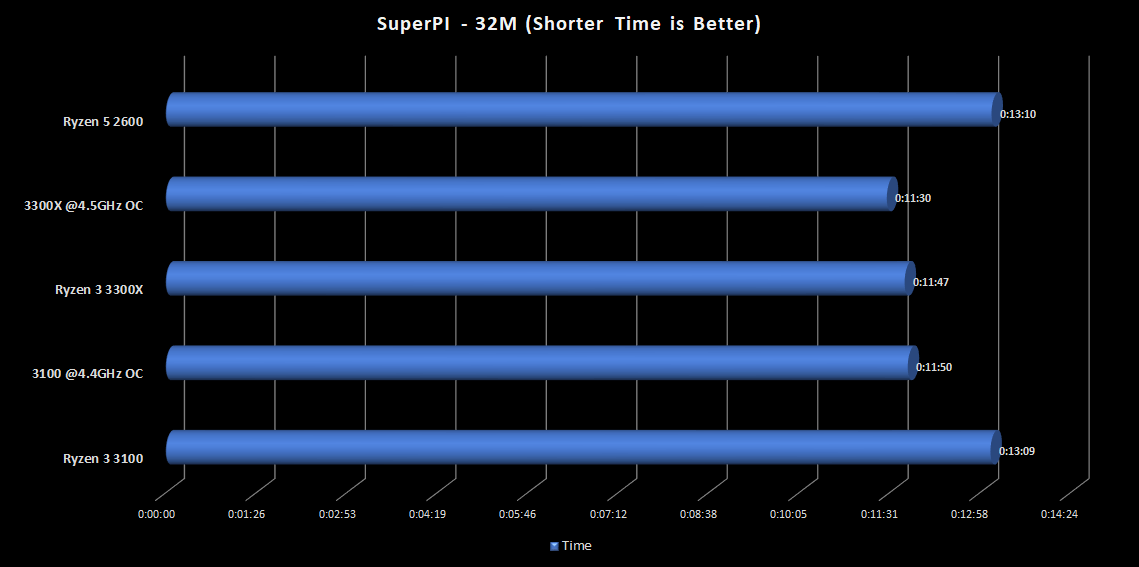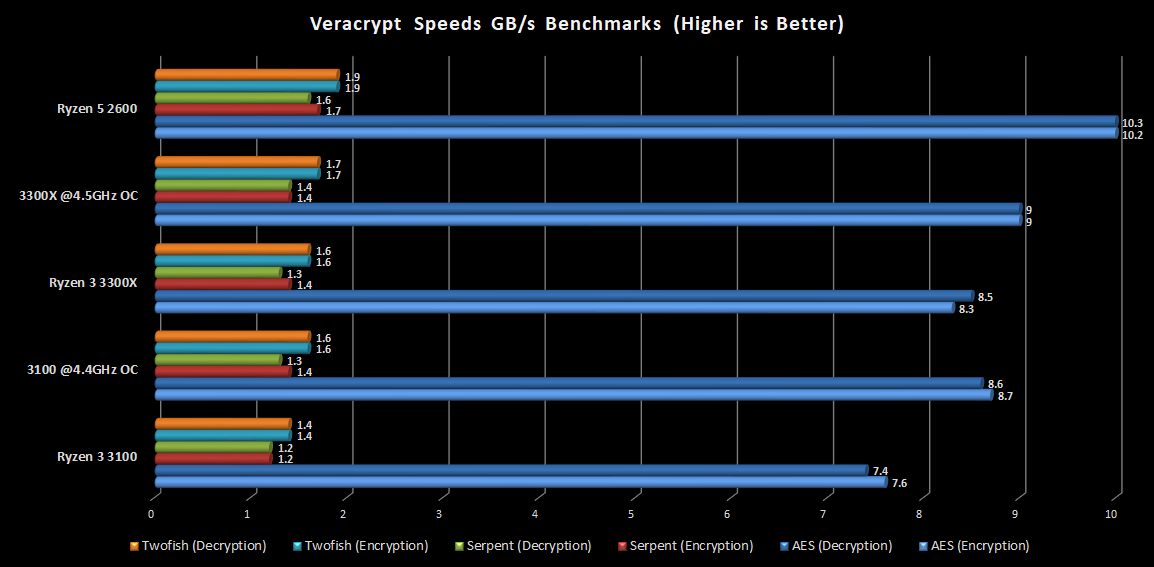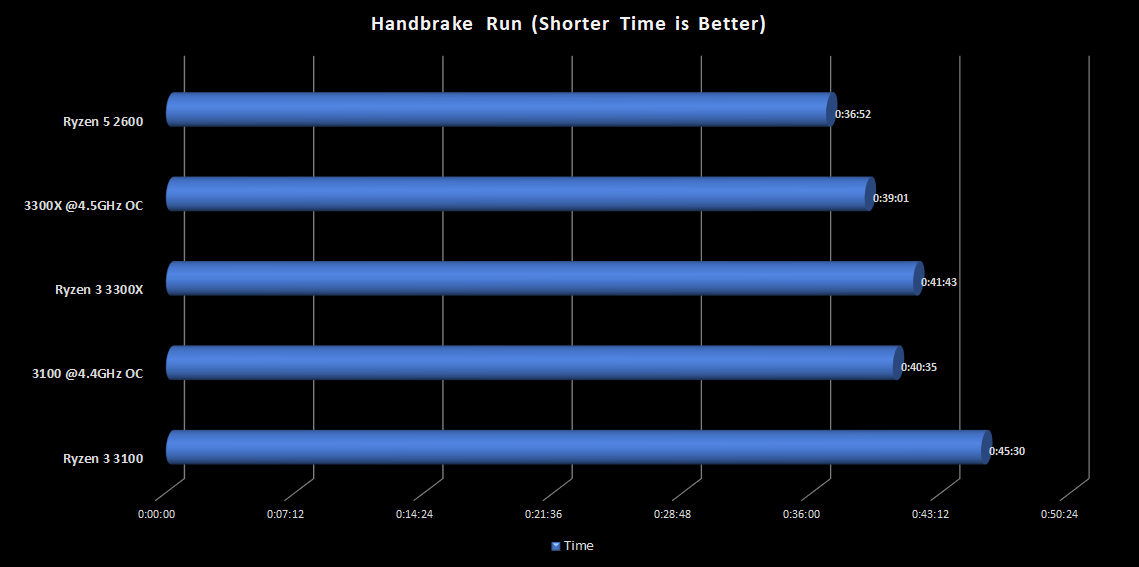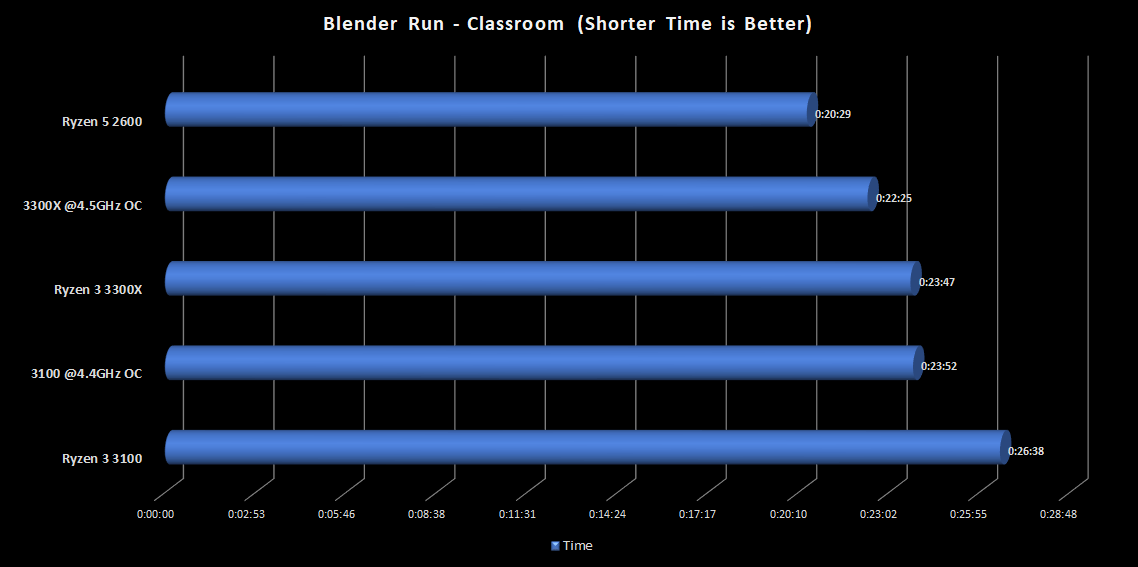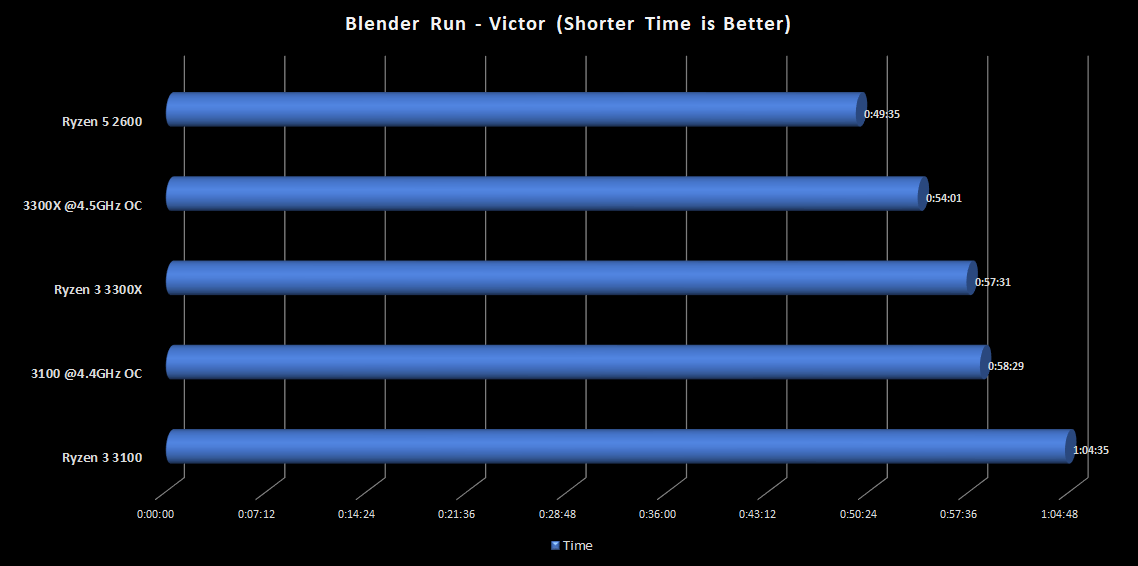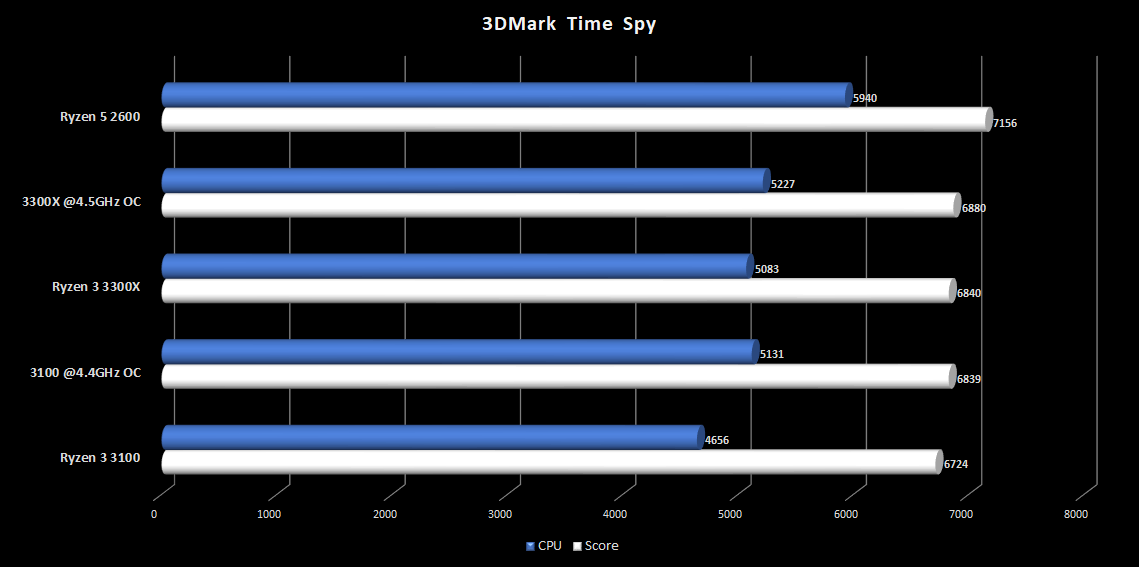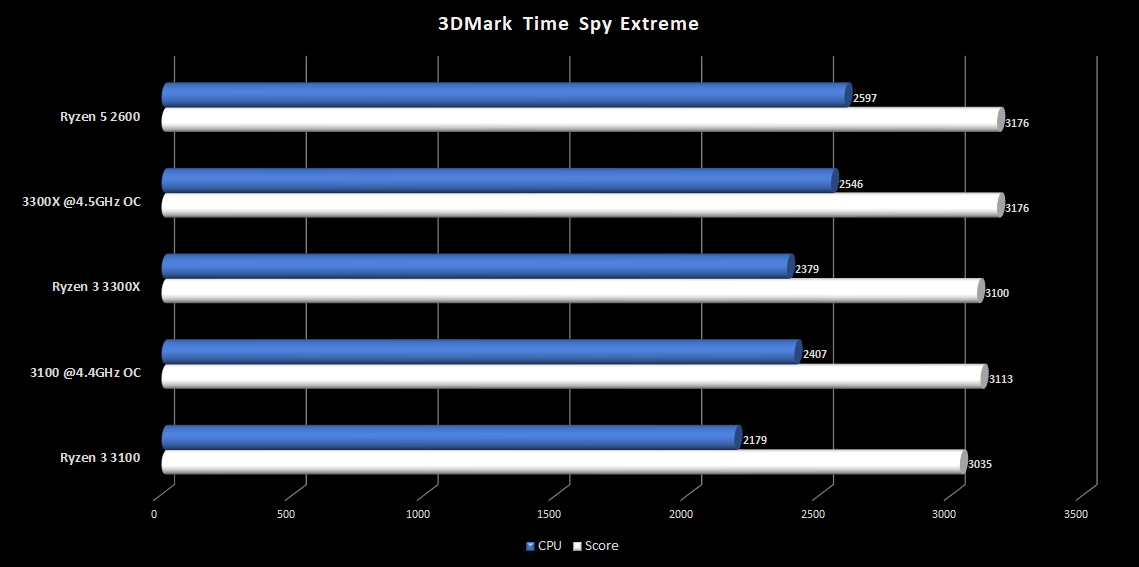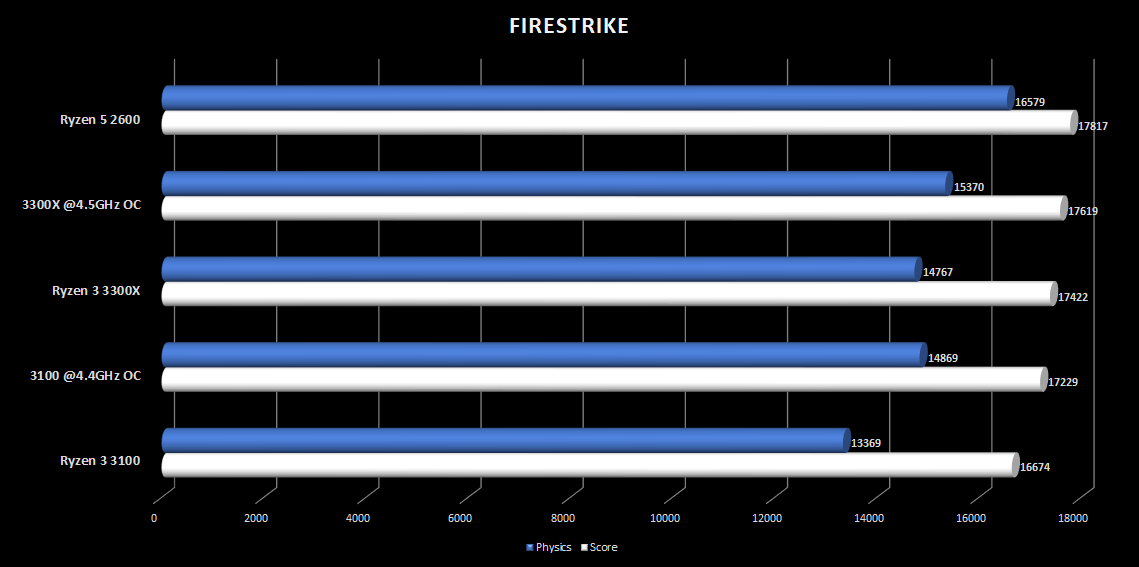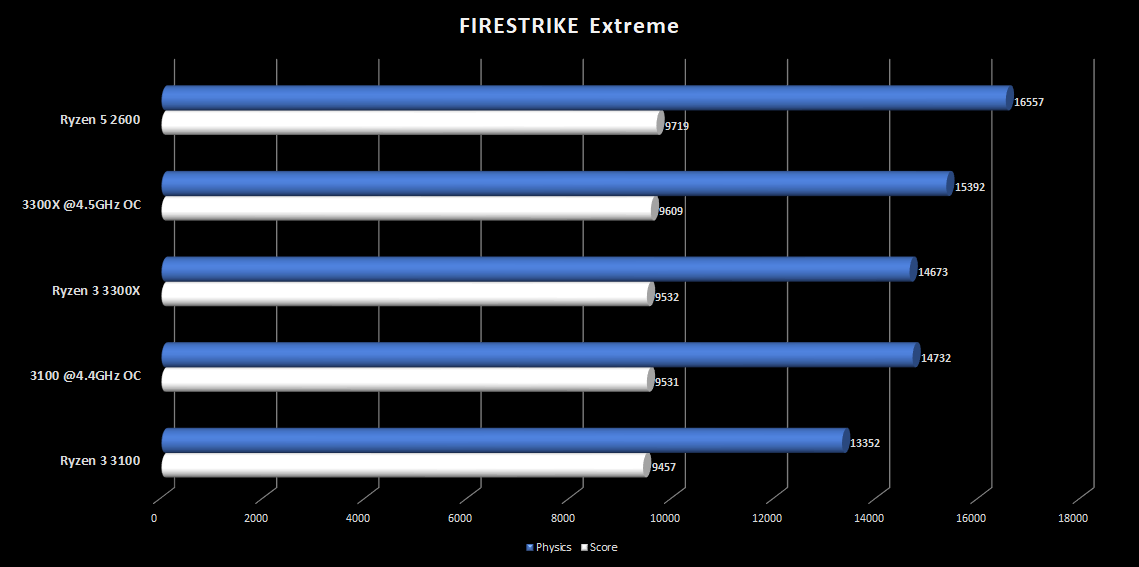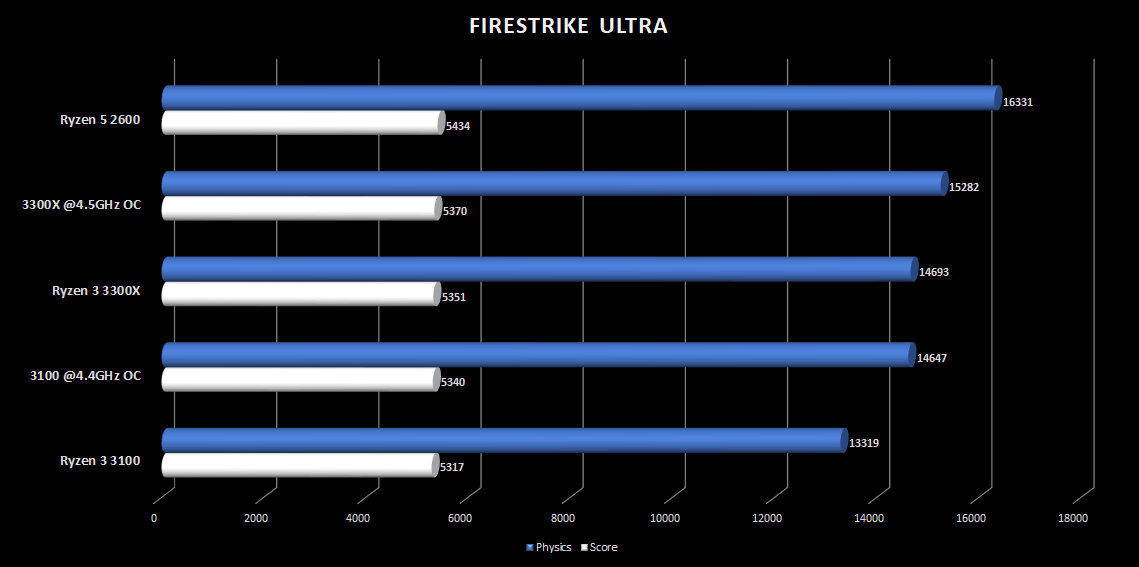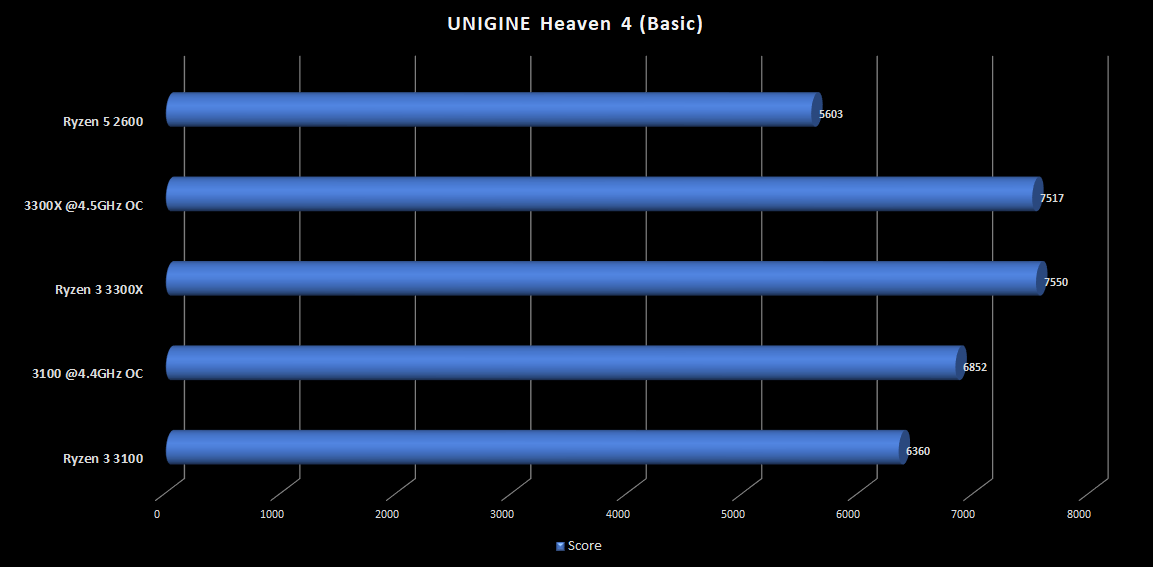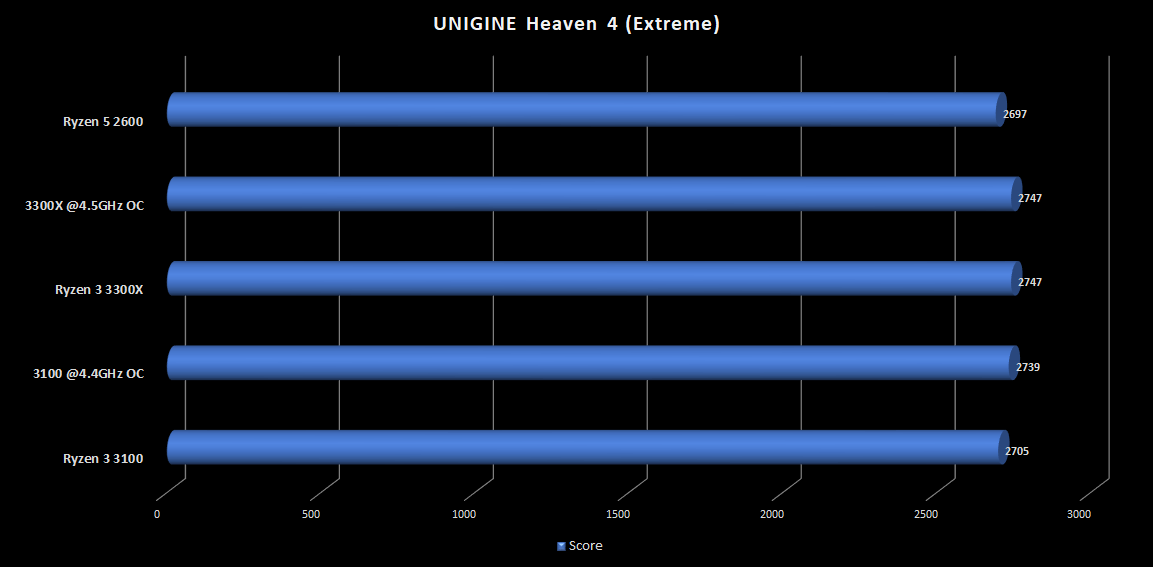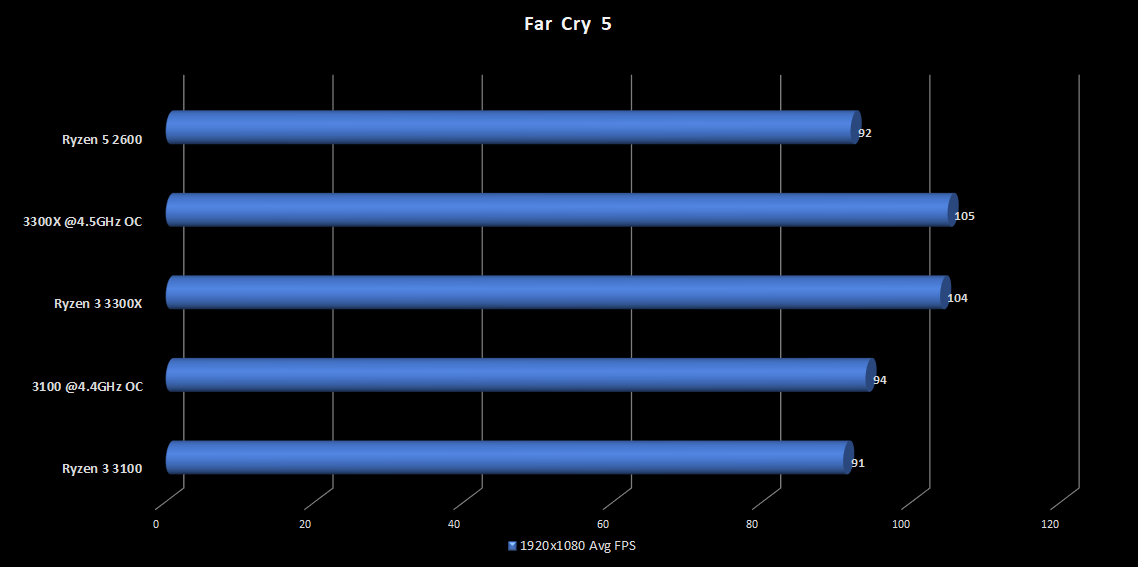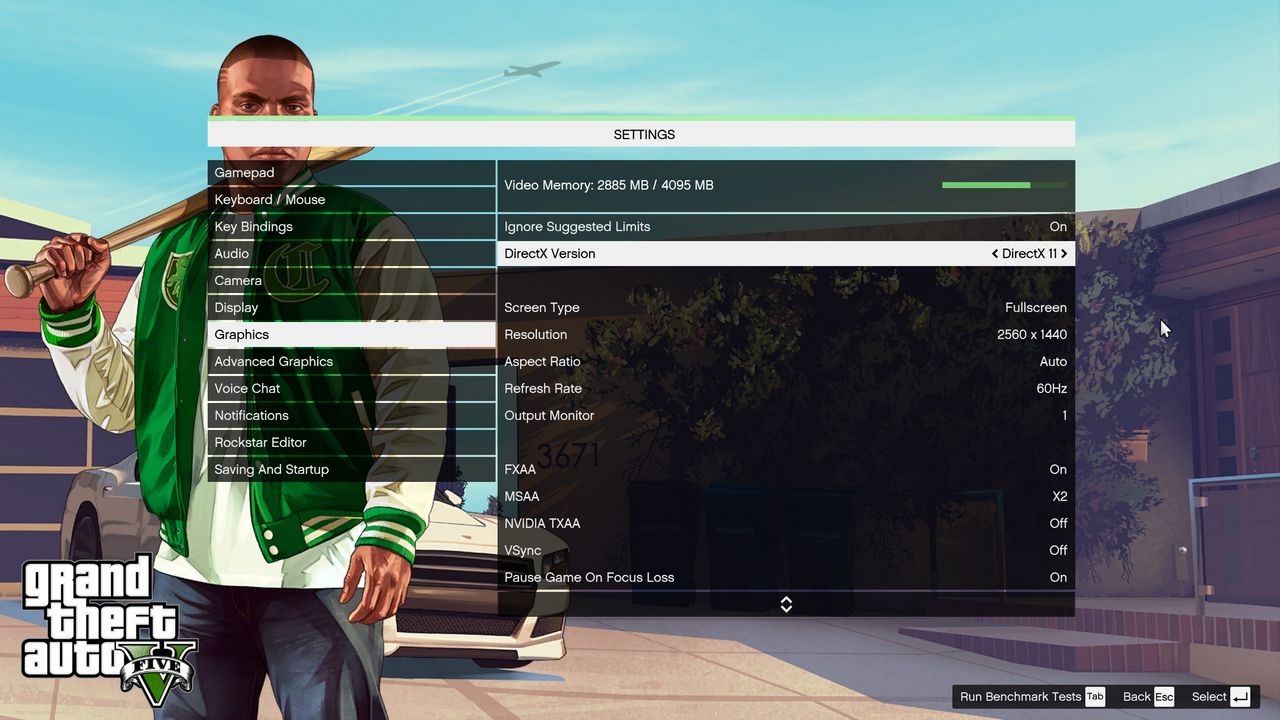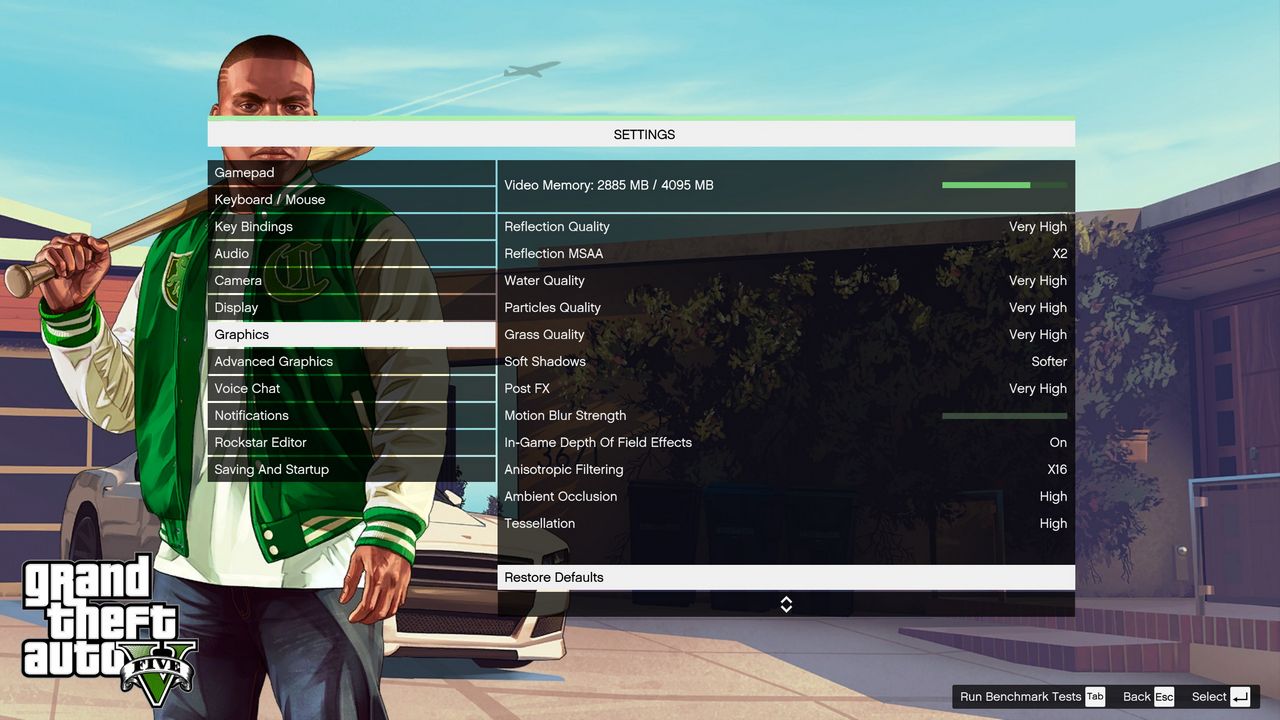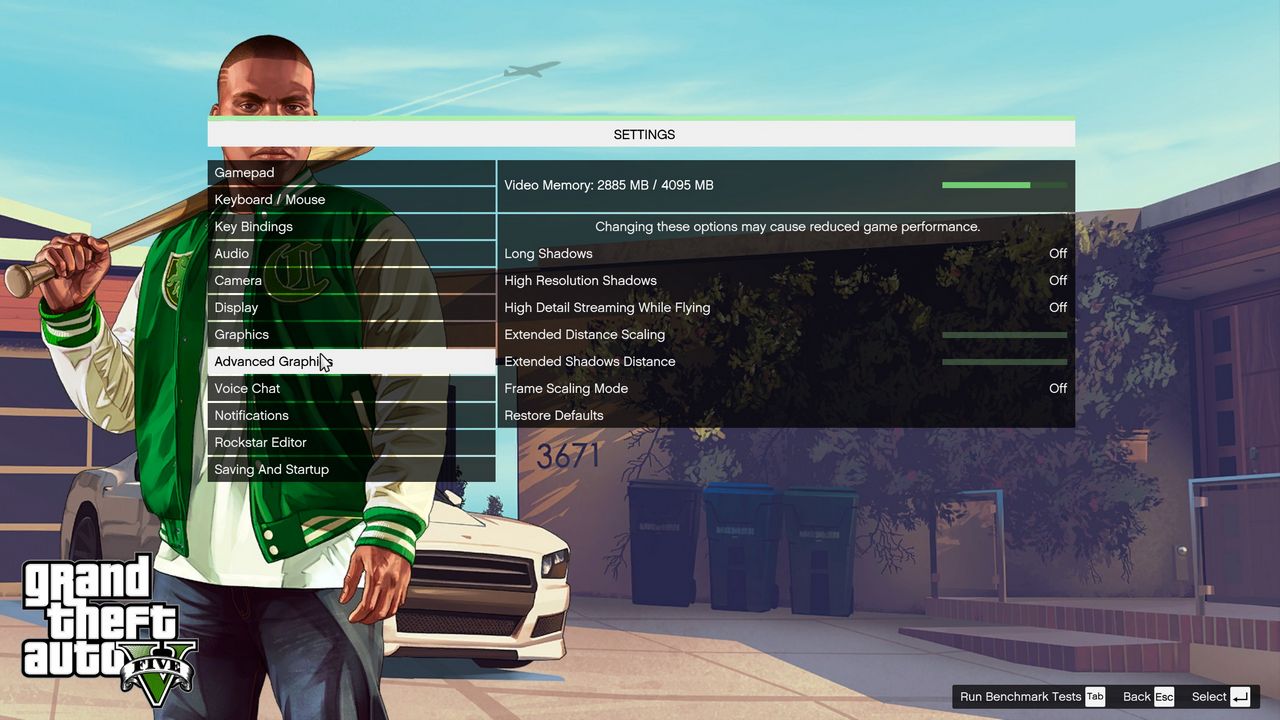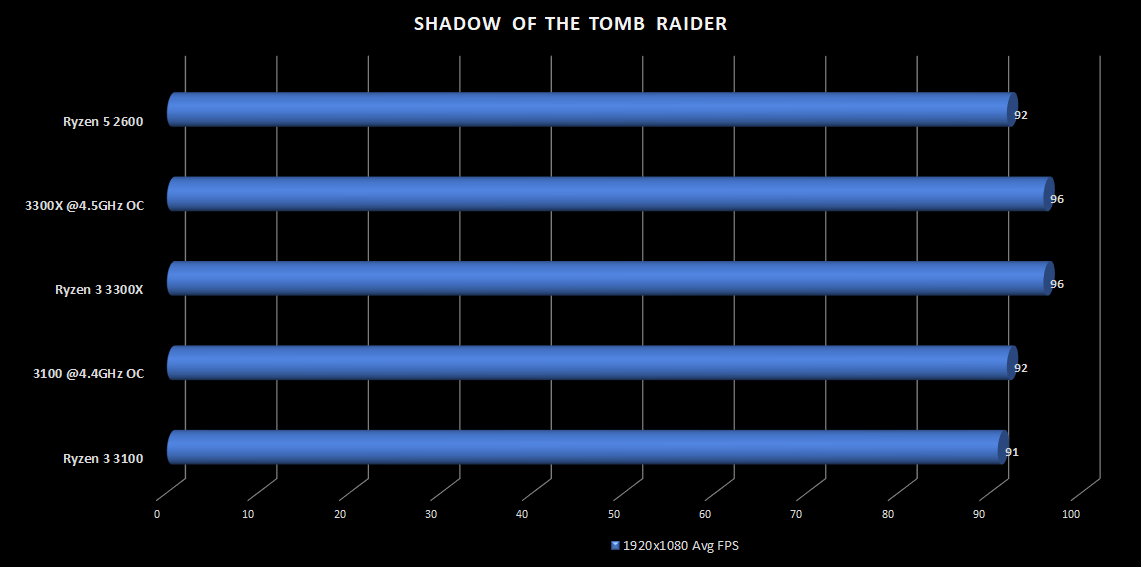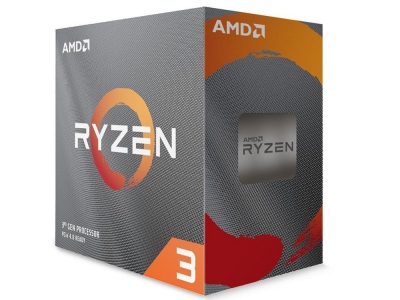The third-generation Ryzen CPUs are about the best bang for your buck to be found in PC gaming hardware right now. The Ryzen 3 3100 and 3300X CPUs boast specifications that were, until recently, only found in the next tier of processors. As a gamer, the price of entry has never been better or come with such performance.
Both the Ryzen 3 3100 and 3300X CPUs have 4 cores and 8 threads; the 3100 has a base frequency of 3.6GHz (3.9GHz boost) and the 3300X is rated a little higher at 3.8GHz base frequency with a boost frequency of 4.3GHz. Both CPUs have a TDP rating of 65W, are bundled with an AMD Wraith Stealth cooler and are unlocked for overclocking. The 7nm Zen 2 architecture and AM4 platform support PCIe 4.0, NVMe, SuperSpeed USB 10Gbps and RAID.
The key difference between the two CPUs is the architecture and the way AMD has implemented the CCX packages at the centre of the ZEN architecture.
The red rectangles in the above diagram from AMD show the CCX configurations. A CCX is a CPU Complex that consists of 4 cores connected to an L3 cache.
The Ryzen 3 3100 CPU is built with a ‘2+2’ configuration. This means it has two CCX packages enabled but each CCX package only has 2 active cores and 8MB of L3 cache – and because there are 2 CCX packages enabled, we see the total of 4 cores and 8 threads.
Where the 3300X is different is that it uses a ‘4+0’ configuration where there is only one active CCX package but with all 4 cores and 8 threads enabled. This delivers the same core and thread count as the 3100. The key impact of this difference is that everything is happening on a single CCX package which involves less core-to-core latency and the 16MB cache is available to be shared by all 4 cores and 8 threads – which all results in better performance.
Specifications
| AMD Ryzen 3 3100 | AMD Ryzen 3 3300X | |
|---|---|---|
| Core Count | 4 Cores, 8 Threads | 4 Cores, 8 Threads |
| Base Clock | 3.6GHz | 3.8GHz |
| Boost Clock | Up to 3.9GHz | Up to 4.3GHz |
| Total L1 Cache | 256KB | 256KB |
| Total L2 Cache | 2MB | 2MB |
| Total L3 Cache | 16MB | 16MB |
| Memory Specification | 3200MHz DDR4 | 3200MHz DDR4 |
| Thermal Solution | Wraith Stealth | Wraith Stealth |
| PCI Express Version | PCIe® 4.0 | PCIe® 4.0 |
| CMOS | TSMC 7nm FinFET | TSMC 7nm FinFET |
| Unlocked | Yes | Yes |
| TDP | 65W | 65W |
| Package | AM4 | AM4 |
| AUD RRP | $179 | $239 |
BEST RYZEN 3 OFFERING YET
Being a Ryzen 3, these belong in AMD’s “lower tier”, priced above entry-level Athlons, but they perform significantly better than expected. At the time of publishing a 6-core/12-thread second-generation Ryzen 5 2600 CPU was available new for $219AUD which was in between the 3100 and 3300X. With this in mind, I’ve included the Ryzen 5 2600 CPU in the benchmark comparison.
The key difference is that AMD has delivered 4 cores and 8 threads with a decent frequency bump in this third generation and it’s a different beast to the previous generation Ryzen 3 CPUs. What we are seeing with the 3100 and 3300X would be the equivalent spec of 7th Generation Intel i7 CPUs.
Also, consider that many first and second-generation AM4 socket motherboards have BIOS updates that make them compatible with 3rd Generation AMD Ryzen CPUs like these. We made a point of testing this with our ASUS STRIX X470-F Gaming and sure enough, it worked perfectly. The cost of entry to PC gaming just came down.
The icing on the cake is the overclocking performance – we saw impressive all-core overclocks of 4.5GHz on the 3300X and 4.4GHz with the 3100. Thermals were well under control and didn’t pose any issues at all with aftermarket coolers. Please note that our review samples didn’t come with the stock cooler so all of our testing was undertaken with the test bench AIO cooler.
Overclocking
We managed to get an all-core overclock of 4.4GHz with our Ryzen 3 3100 and 4.5GHz with the 3300X. Both of these overclocks were given 1.4v of VCore. The 3100 was still well behaved thermally but the 3300X saw higher but still acceptable temperatures.
The results basically pushed the 3100 to a 3300X level and gave the 3300X a nice bump as well.
Test setup
The test system for our 3rd Generation Ryzen 3 3100 and 3300X is listed below. I decided to test with an AMD Radeon RX 5600XT to avoid GPU bottlenecks from the RX580 and because the 5600XT represents a logical partner for this CPU. These benchmarks will indicate what you can expect to see from a mid-tier system that features a 3rd Generation Ryzen 3 processor.
- AMD Ryzen 3 3100 & 3300X
- 16GB 2933MHz HyperX Predator RGB (2x8GB)
- Thermaltake Floe Riing 360 water cooler
- Thermaltake Core P3 Curved Test Bench Case
- ASRock B550 Extreme4
- Samsung Evo 840 250GB SSD
- WD Black 6TB 3.5″ HDD
- ASUS THOR 1200W PSU
- ASUS TUF K5 Keyboard
- Logitech Z533 desktop speakers
- BenQ EL2870U
Note: For comparison testing with the Ryzen 5 2600, we used the ASUS STRIX X470-F Gaming motherboard with the same memory, and graphics card and a similar SSD. We had to use a different motherboard as the B550 chipset is not compatible with second-generation AMD Ryzen CPUs.
Test Results
Cinebench R15 & R20
The most impressive story is the single-threaded performance numbers where we see the frequency improvement and impact of overclocks. The second-generation Ryzen 5 2600 is left behind here by a long way in what proves to be a meaningful performance shift with the Ryzen 3000 series.
When looking at the multi-core performance in Cinebench, we can see how the Ryzen 5 2600 still hold the lead thanks to the additional two cores and four threads but not by much. The blender and handbrake runs will be more meaningful later on to see how much the increase in frequency of the 3100 and 3300X mitigates the performance advantage of the extra cores that the 2600 has.
PCMARK10
The PCMARK10 benchmarks show the 3rd generation Ryzen 3 beating the 2nd Generation Ryzen 5. The difference between the 3100 and 3300X is very subtle but this benchmark is more generic than the rest in the list. Overall, in general use, most people won’t be able to tell the difference between a 3100 and 3300X when undertaking typical PC activities.
SuperPi
This benchmark demonstrates single threaded performance where the fastest time to calculate Pi is better. The benefit of the 4.4GHz overclock is the most telling difference in the graph below as it brings the 3100 up to almost 3300X performance levels in single threaded workloads – similar to the results of single-core Cinebench testing.
Veracrypt
Veracrypt simulates encryption workloads with a 1GB test file in the benchmark. CPUs with more cores tend to do better here and we see that the 6-core Ryzen 5 2600 still holds an edge. The difference between the 3100 and 3300X is more obvious at stock settings but when overclocked, there isn’t much difference between the two 3rd generation Ryzen processors
Handbrake
Video encoding sees the benefit of the additional cores and despite the 3100 and 3300X closing the gap substantially with an overclock, the 2600 still transcodes the sample file faster. The benefit of our all-core overclock is easy to see in the graph below with the 3100 showing some real value for money at $179AUD.
Blender
If you are looking for a CPU for 3D modelling, I would generally suggest going for core count but check that the application you plan to use benefits from multi-threaded systems. Blender is a good example and the benchmarks below show how the Ryzen 3 is capable but not the best option – even when compared to the previous generation Ryzen 5 operating at a lower frequency. If 3D modelling and rendering workloads are going to be a regular thing, consider saving a little more and upgrading to a 3rd generation Ryzen 5 or higher.
UL Benchmarks – Firestrike and TimeSpy
The overall scores are close, and the Ryzen 5 2600 tends to benefit from the improved physics scores that result from the extra 2 CPU cores. Aside from Timespy and Firestrike, the Extreme and Ultra tests show the field being very close overall due to the dependence on the RX 5600XT. This indicates that when gaming and pushing the limits of your graphics card, the difference between these processors should be minimal but at lower resolutions or lower quality settings, the difference may be more noticeable.
Unigine
The Unigine Heaven Basic benchmark shows the benefit of the higher 3rd generation Ryzen 3 frequencies as the 2600 is left behind. The Heaven Extreme benchmark is more demanding of the graphics card and evens the field.
Gaming
Next, I’ll run through the in-game benchmarks. These are all procedural benchmarks from the games and don’t involve any human-based variables.
Far Cry 5
The 3300X leads the pack by more than 10FPS in Far Cry 5 at 1080P with Ultra settings but both it and the 3100 are ample for playing this game at a decent frame rate for a good experience.
GTA V
GTA V was tested with the following settings.
Both the 3100 and 3300X provide a better experience than the 2600. The 3300X has just a 7FPS lead in the results which makes it hard to justify the $60AUD price difference.
Shadow of The Tomb Raider
This was tested at Highest settings at 1080p and whilst there wasn’t much in it, the trend continues with the 3300X holding a narrow lead.
Tom Clancy’s The Division 2
Division 2 was tested using the ultra pre-set with V-Sync disabled. The results are a tie when we factor in a margin for error which indicates that the 5600XT was the limiting factor. It also shows that in our test platform, you could use the cheapest CPU and essentially get the same experience in this title.
General Observations
COD Warzone ran on both the 3100 and 3300X with a utilisation rate of between 50 and 65% at 2560×1440 without V-Sync or any frame limiting. On the test bench with the RX 5600XT we typically saw the following typical frame rates:
- 2600 – 95-105 FPS
- 3100 – 100-115 FPS
- 3100 (overclocked) – 110-125 FPS
- 3300X – 115-130 FPS
- 3300X (overclocked) 120-130 FPS
There really wasn’t much in it and I’d comfortably say that I couldn’t tell the difference between the 3100 and the 3300X stock or overclocked if the FPS counter wasn’t on the screen. Going from the 3300X to the 2600 gave me a direct comparison about 10 minutes apart and I felt like I noticed the difference there before turning on the frame rate overlay.
Overall, if you are looking for a gaming rig and not expecting to do any (heavy) transcoding or rendering loads, the 3300X is a good option that leaves room in the kitty for a GPU upgrade. The test platform we used here with the 16GB of DDR4 3200 and Sapphire 5600XT graphics card was probably one of the most balanced systems I’ve built in a while and the performance was impressive for the overall price point of the components. After using this rig extensively, I would happily recommend it as a package to anyone looking for a pure gaming system – especially for 1080p or even stretching to 1440p.
Thermals
We didn’t receive a stock Wraith Stealth cooler with our CPUs but I have seen that cooler in the past and it’s pretty good at keeping a 65W part under control at stock without making much noise. If you don’t plan to overclock, this should do just fine.
All testing was done with the test bench AIO – so please keep that in mind when I talk thermals. The temperature readings that I’ll use are Tctl/Tdie from HWiNFO64.
The 3100 at stock didn’t break 49C after extended Blender runs and typically ran around 43C when gaming. When overclocked at 4.4GHz (all-core) with 1.4v of core voltage, the temperatures increased to a top of 70C in extended Blender runs and 55-59C when gaming.
At stock settings, the 3300X peaked at 71C with extended Blender testing but was typically running at around 55-60C when gaming. We applied a 4.5GHz all-core overlock at 1.4v and saw these increase only a little to 77C and the gaming temperatures went up to 60-65 but were frequently lower.
Final thoughts
Both of these Ryzen 3 CPUs are currently the easiest options to recommend at entry-level and lower-mid-tier. Overclocking is easy through either BIOS or by using the AMD Ryzen Master utility and it’s worth trying out – especially if you have a non-stock cooler.
Great for gaming, overclocks for a little extra value, compelling price. Makes it easy to have a great CPU and leave some cash in the kitty for a better graphics card or better SSD. Keep in mind that many older AM4 motherboards (1st and 2nd generation) have received a BIOS update to support 3rd Generation Ryzen CPUs. I tested this with our ASUS STRIC X470-F Gaming board, and it worked perfectly. If you are rocking an older 1st Gen Ryzen CPU and looking for a clock speed bump to stave off an upgrade, the new Ryzen 3 might be worth considering.
Although these are less than ideal for heavy tasks like rendering or transcoding, the Ryzen 3 is aimed at gamers and non-power users. If you need the extra cores then AMD made the 3600X, 3700X and 3800X for you and if you need more than that I’d have to question what you expected to get from the Ryzen 3 anyway as the 3900X and 3950X are top tier.
After playing a significant amount of the taxing COD Warzone, Red Dead Redemption 2, Battlefield V and a cross-section of other games with an AMD RX 5600XT graphics card, I can’t fault the experience with either CPU – especially for the price. I didn’t see the CPU usage maxing out at all nor did I notice the 5600XT being obviously held back at the graphics settings I was using, which were typically 2650×1440 and quality-balanced for the capabilities of the GPU. The 4 cores / 8 threads of the Ryzen 3 seem to be ample for 2020 gaming.
Enthusiasts may want to look to higher tiers like a Ryzen 5 or 7, perhaps the Intel i5 10600K if Team Blue is your thing. Unlike the Ryzen 5, 7 and 9 series, the Ryzen 3 is unlikely to run demanding games and heavy background tasks simultaneously without some level of noticeable protest. If you intend to just game and don’t have other intensive tasks like Handbrake, etc. running in the background, then this won’t matter. For the overwhelming majority of gamers, the 3300X is going to be a perfect fit.
I’m going to call the 3300X a true Gamer’s CPU because it performs a little better out of the box than the 3100. Having said that, I have to admit that with some aftermarket cooling and an overclock, the Ryzen 3 3100 is going to deliver better performance per dollar. Personally, I’d be happy to grab the 3100, try to overclock it to 4.4GHz and put the $60AUD I just saved towards a graphics card upgrade.
This is an unprecedented level of gaming performance and value for system builders at $179AUD (3100) and to a lesser extent $239AUD (3300X). At the time of publishing, the 3300X were out of stock in many online retailers in Australia. The good news is that the Ryzen 3 3100 seems to be more readily available and is a bargain at the $179 price point.
| AMD RYZEN 3 3100 & 3300X CPUs | |
|
PROS |
|
|
CONS |
– Retail availability of the 3300X is limited at the time of publishing |
| Awards |  |

